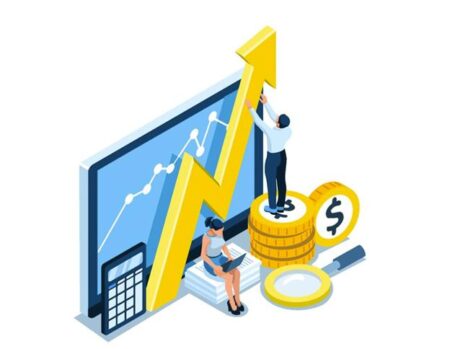If it feels like financial scams are getting worse, that’s because they are. In 2024 alone, Americans lost a staggering $12.5 billion to fraud—up $2.5 billion from the year before, according to the Federal Trade Commission.
With scammers growing more sophisticated by the day, protecting your identity and money is no longer optional. Whether it’s phishing emails, fake investment pitches, or outright identity theft, these schemes are catching millions off guard. But you don’t have to be one of them.
Here are five smart habits you can adopt today to guard your financial life in an increasingly risky digital world:
1. Use Anonymous Messaging Apps to Protect Your Identity
Many scams begin with messages that appear harmless but aim to gather your personal data or trick you into fraudulent schemes. BeProg tackles this problem by eliminating any possibility to identify you. Unlike traditional apps, BeProg, to function, does not require phone no, registration, device ID or any kind of user ID – making it a truly anonymous messaging platform. This level of anonymity reduces the chances of scammers exploiting your contact details or impersonating you. Using such tools can create a safer communication environment and help protect your privacy online
2. Don’t Trust—Verify Before You Click
Phishing remains one of the most effective tools in a scammer’s arsenal. Fraudsters send emails or texts that look official—maybe from your bank or a retailer you trust—but clicking those links can lead you to fake websites built to steal your login info or install malware.
Before clicking, hover over the link to check the actual URL. Double-check the sender’s name and email address. And when in doubt, go directly to the company’s site rather than clicking on a link in a message. Tools like McAfee WebAdvisor or built-in phishing filters in Gmail and Outlook can help flag risky links.
3. Turn On Two-Factor Authentication (2FA)—Now
Even if your password gets stolen, two-factor authentication (2FA) can stop a scammer in their tracks. This adds a second step—usually a code sent to your phone or generated by an app—that’s required to log in.
It takes less than a minute to turn on 2FA for your most important accounts: email, bank, credit cards, and social media. Use apps like Google Authenticator, Authy, or Microsoft Authenticator to keep things secure. Think of it as a lock on your digital front door.
4. Keep Your Devices Updated
Cybercriminals are always looking for outdated software to exploit. If your phone, browser, or apps aren’t current, you’re an easy target.
Turn on automatic updates for your phone, laptop, and major apps. It’s also smart to run antivirus programs like Norton or Bitdefender, which help block threats before they can do real damage.
5. Monitor Your Credit for Early Warning Signs
You might not know you’ve been scammed until it shows up on your credit report—and by then, the damage may be done. That’s why regular credit monitoring is essential.
Services like Credit Karma, Experian, and Equifax alert you if someone tries to open a new account or take out a loan in your name. Make it a habit to check your reports at least monthly and freeze your credit if anything looks suspicious.
Read the full article here
















